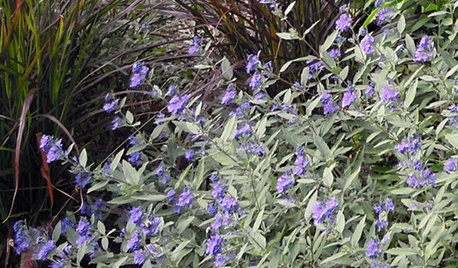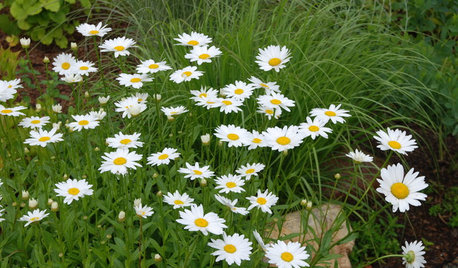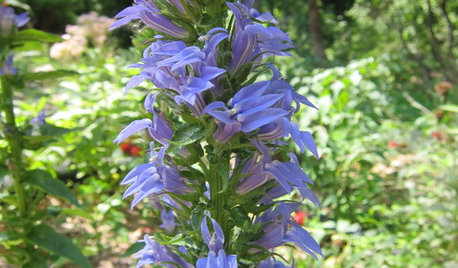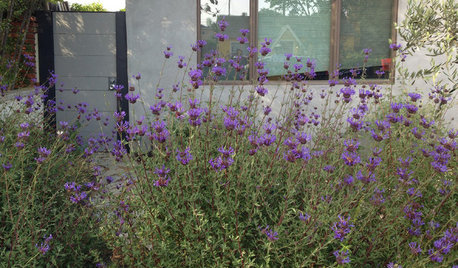How to keep plants fresh in late season?
jrcagle
13 years ago
Related Stories

GARDENING GUIDES12 Edibles Perfect to Plant in Late Summer
Keep those homegrown vegetables and greens coming well into fall
Full Story
SHRUBS5 Glorious Late-Season Shrubs
Spilling over with berries or bursting with blooms, these stunning underused shrubs keep the garden party going through fall
Full Story
FLOWERSBest Cutting-Garden Beauties for Late Summer
Pick blooms bursting with color or in classic white for bouquets to give away or keep all to yourself
Full Story
DECORATING GUIDESSummer Style: 20 Fresh Ways to Bring in the Season
From surfboards and seashells to mason jars and hammocks, keep that laid-back vibe going through summer and beyond
Full Story
MOST POPULARHow to Start a Cool-Season Vegetable Garden
Late summer and late winter are good times to plan and plant cool-season crops like salad greens, spinach, beets, carrots and peas
Full Story
GARDENING GUIDESGreat Design Plant: Lobelia Siphilitica Keeps Its Cool
Great blue lobelia, a flowering native that prefers moist soil, adds a calming blue hue to the late-summer garden
Full Story
FALL AND THANKSGIVINGIt's Not Too Late to Decorate: Minimalist Fall Decor
No need to go all-out with autumn decorations. Nod to the season with just a few well-placed pumpkins and flowers
Full Story
UPHOLSTERYSlipcover Magic: Casual, Washable and Fresh for the Season
Reinvent your sofas, chairs and ottomans with surprisingly chic and versatile slipcovers
Full Story
GARDENING GUIDES10 Late-Winter and Early-Spring Bloomers for the West
Tired of waiting for spring to arrive? Try these drought-tolerant, flowering plants for color that starts in late winter
Full Story
HOLIDAYSHow to Care for Your Christmas Tree
Keep your tree looking lush until the last ornament is packed away with these tips for watering, using stands and more
Full StoryMore Discussions







tiffy_z5_6_can
ladobe
Related Professionals
Waterbury Landscape Contractors · Bethel Park Landscape Contractors · Cerritos Landscape Contractors · New Berlin Landscape Contractors · Rockville Landscape Contractors · Shoreview Landscape Contractors · South Hackensack Landscape Contractors · Cartersville Fence Contractors · Charleston Fence Contractors · Manassas Fence Contractors · Salt Lake City Fence Contractors · Sioux City Fence Contractors · Goulds Window Contractors · Seattle Window Contractors · West Haven Window Contractorsbandjzmom
ladobe
jrcagleOriginal Author
ladobe
bandjzmom
bananasinohio
bandjzmom
terrene
ladobe
terrene